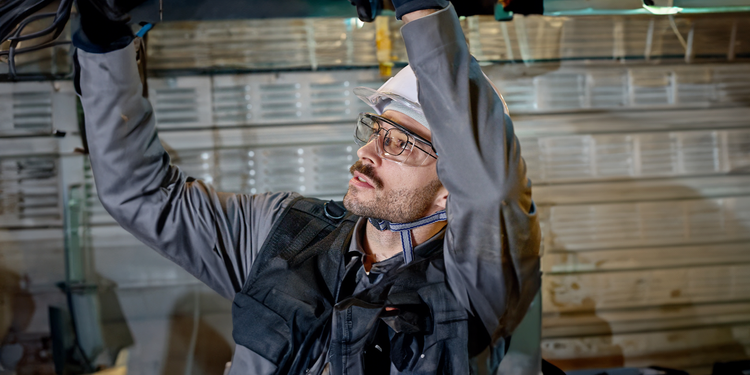In today's fast-paced and ever-evolving world, workplace safety has never been more critical. Ensuring the well-being of your employees is not just a legal obligation but also a moral responsibility. A strong safety culture not only protects your workforce but also enhances overall productivity and satisfaction. In this blog, we will delve into the intricacies of building a culture of workplace safety, exploring how to foster a safety-first mindset and practices in your organization.
The Importance of Workplace Safety: Workplace safety is not just a checkbox on a compliance form. It's a commitment to the welfare of your employees and a vital component of your company's success. Here's why it matters:
-
Protecting Lives: The most obvious reason for prioritizing workplace safety is to prevent accidents and injuries. A safe workplace reduces the risk of harm to employees, visitors, and even your company's reputation.
-
Boosting Productivity: A safe environment contributes to increased productivity. When employees feel secure, they can focus on their tasks without the distraction of potential hazards or concerns for their well-being.
-
Attracting Talent: A reputation for a strong safety culture can help you attract top talent. Prospective employees are more likely to choose a company that values their safety.
-
Cost Savings: Workplace accidents can be costly, both in terms of workers' compensation and potential legal liabilities. Preventing accidents through safety measures saves money in the long run.
Fostering a Safety-First Mindset: Now that we understand why workplace safety is crucial, let's explore how to build a safety-first mindset within your organization:
-
Lead by Example: Company leaders must demonstrate a commitment to safety. When employees see their managers prioritizing safety, they are more likely to follow suit.
-
Training and Education: Regular safety training programs and workshops should be a part of your organization's culture. Employees should be aware of potential hazards and how to mitigate them.
-
Open Communication: Encourage employees to report safety concerns without fear of reprisal. An open-door policy for safety-related issues fosters trust and collaboration.
-
Safety Committees: Establish safety committees comprising employees from various departments. These committees can identify potential risks and propose solutions.
Implementing Safety Practices: In addition to nurturing a safety-first mindset, you should also put safety practices in place:
-
Safety Policies and Procedures: Develop comprehensive safety policies and procedures that cover all aspects of your organization. Ensure that these are regularly updated to reflect changing conditions.
-
Safety Equipment: Provide employees with the necessary safety equipment and ensure it is regularly inspected and maintained.
-
Emergency Response Plans: Have clear protocols in place for responding to emergencies. Conduct regular drills to ensure everyone knows what to do in case of an incident.
-
Continuous Improvement: Regularly assess and improve safety measures based on feedback, incident reports, and changing regulations.
Building a culture of workplace safety is not just a one-time effort but an ongoing commitment. By prioritizing safety, you not only protect your employees but also strengthen your organization's foundation for success. Remember, a safety-first mindset and practices benefit everyone involved, from the newest hire to the most seasoned executive.





